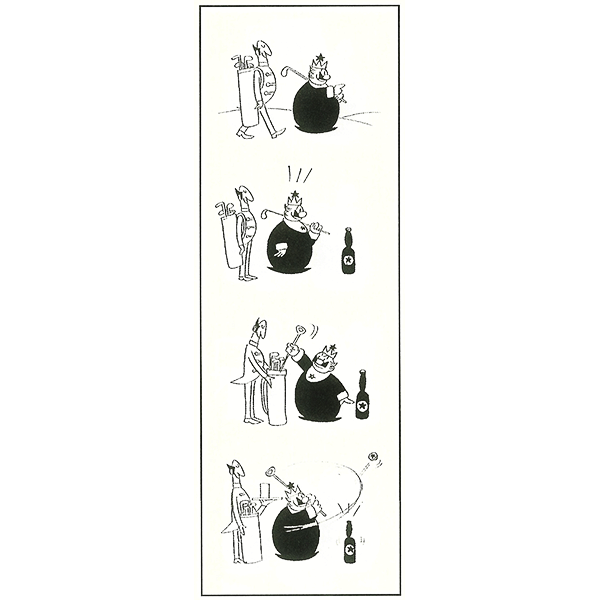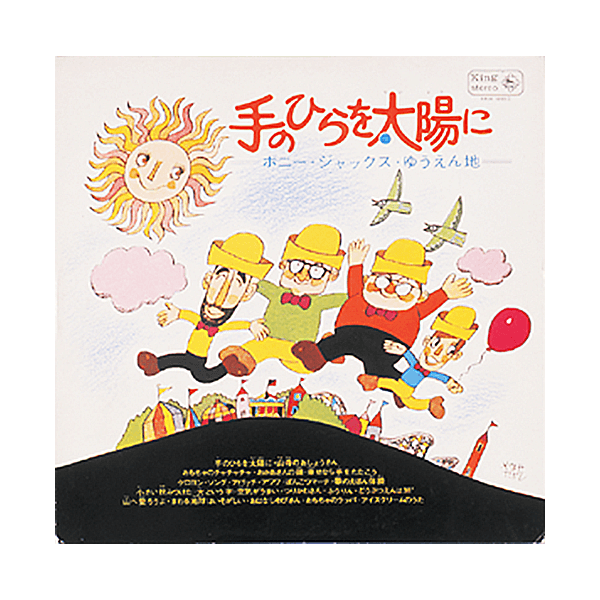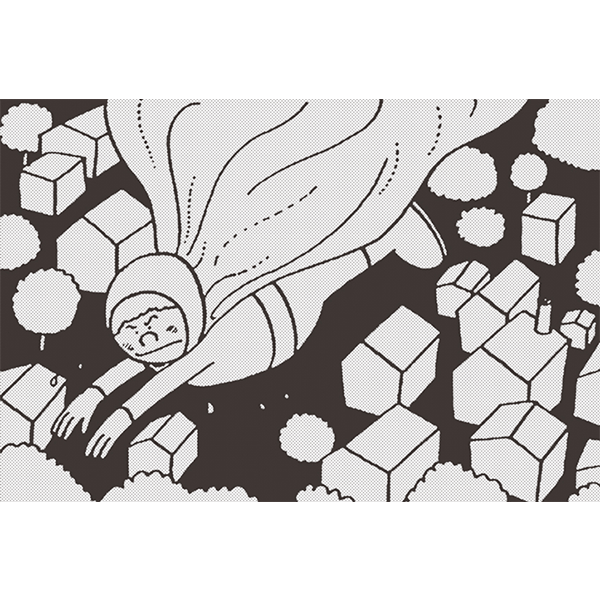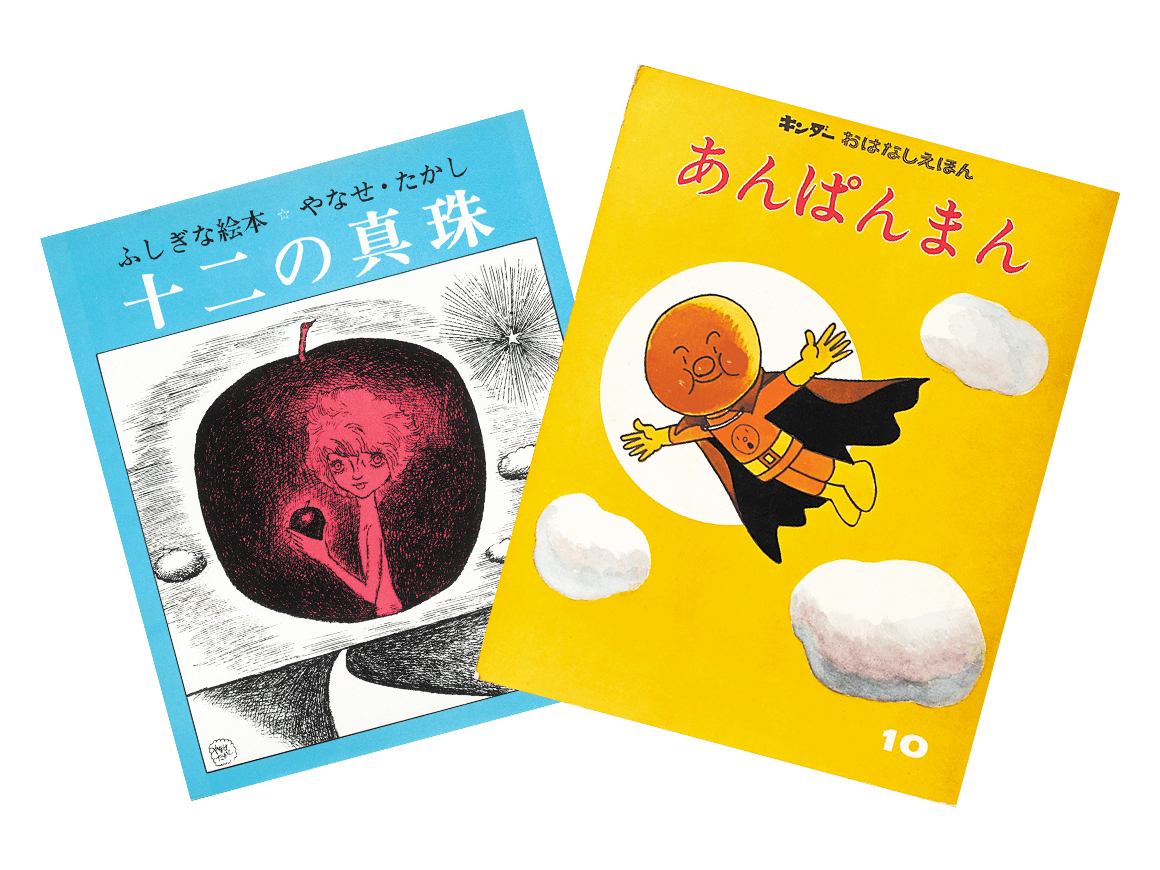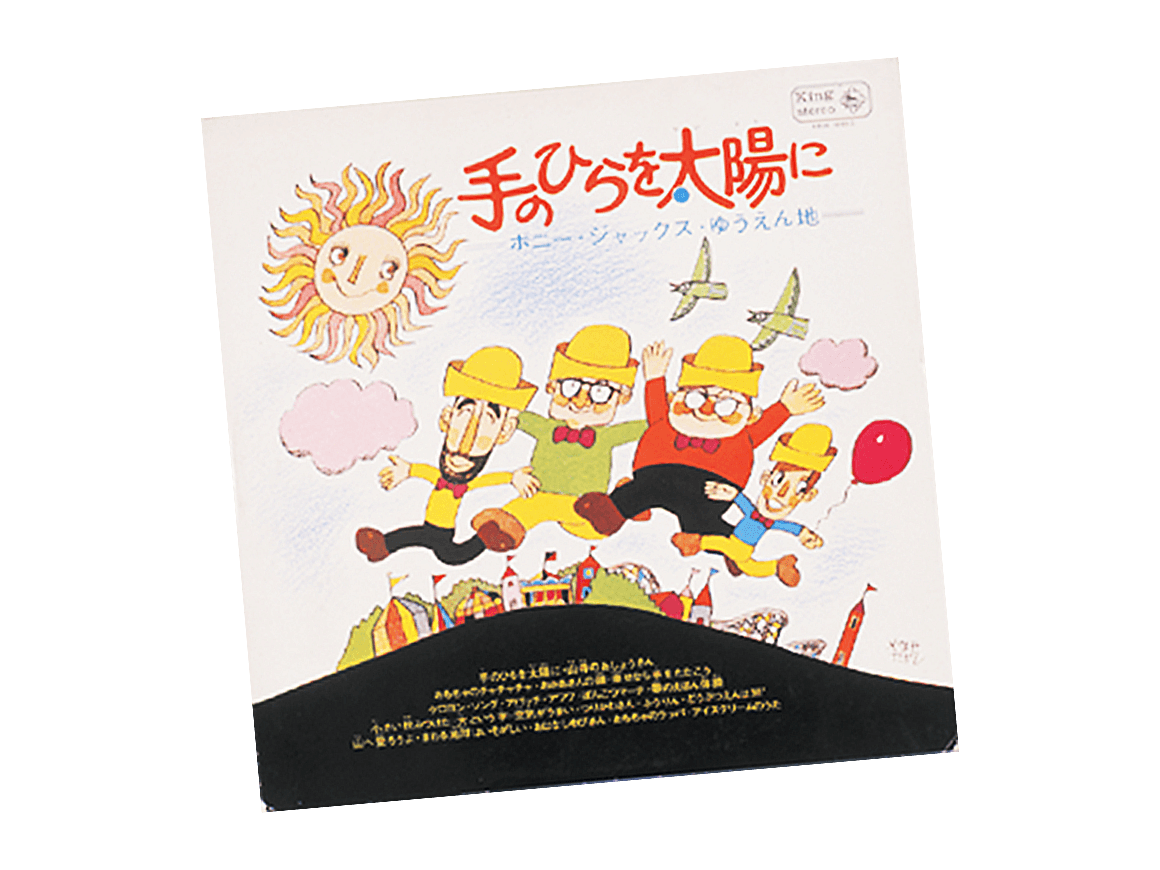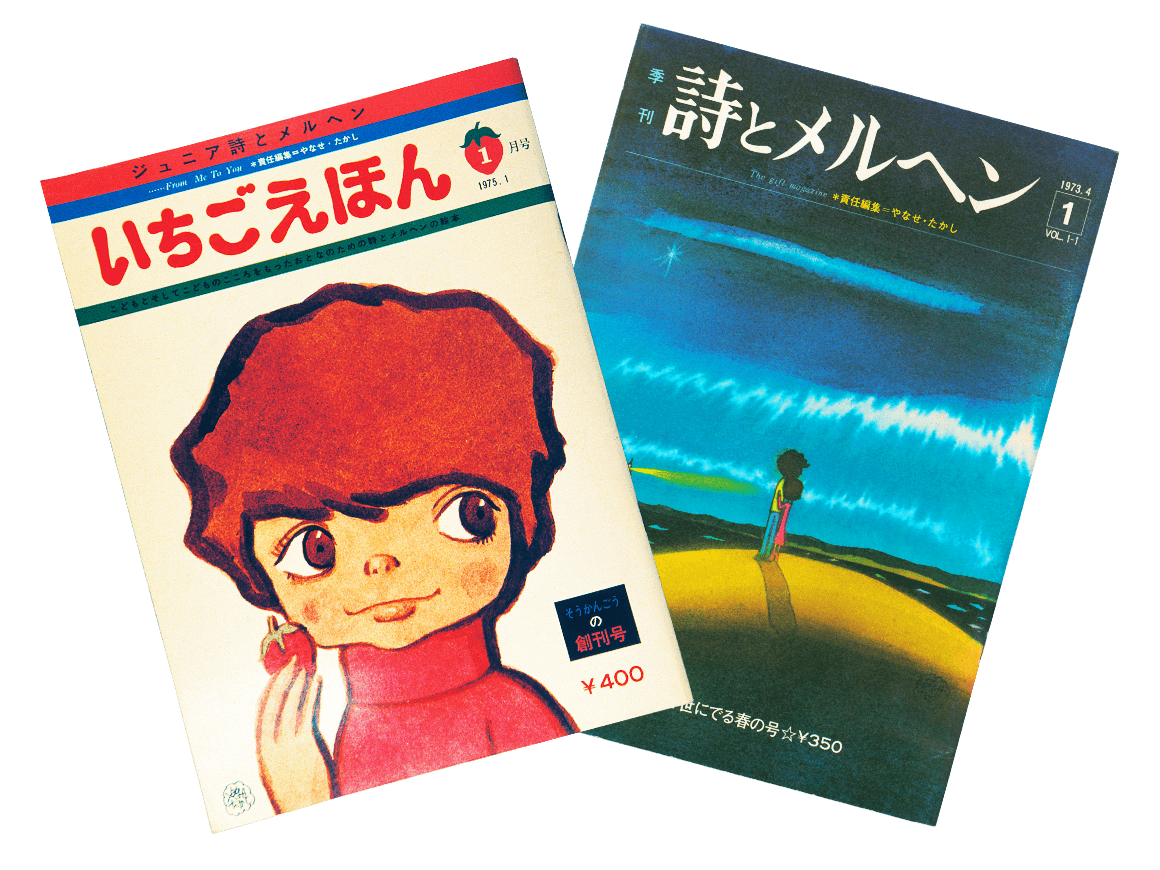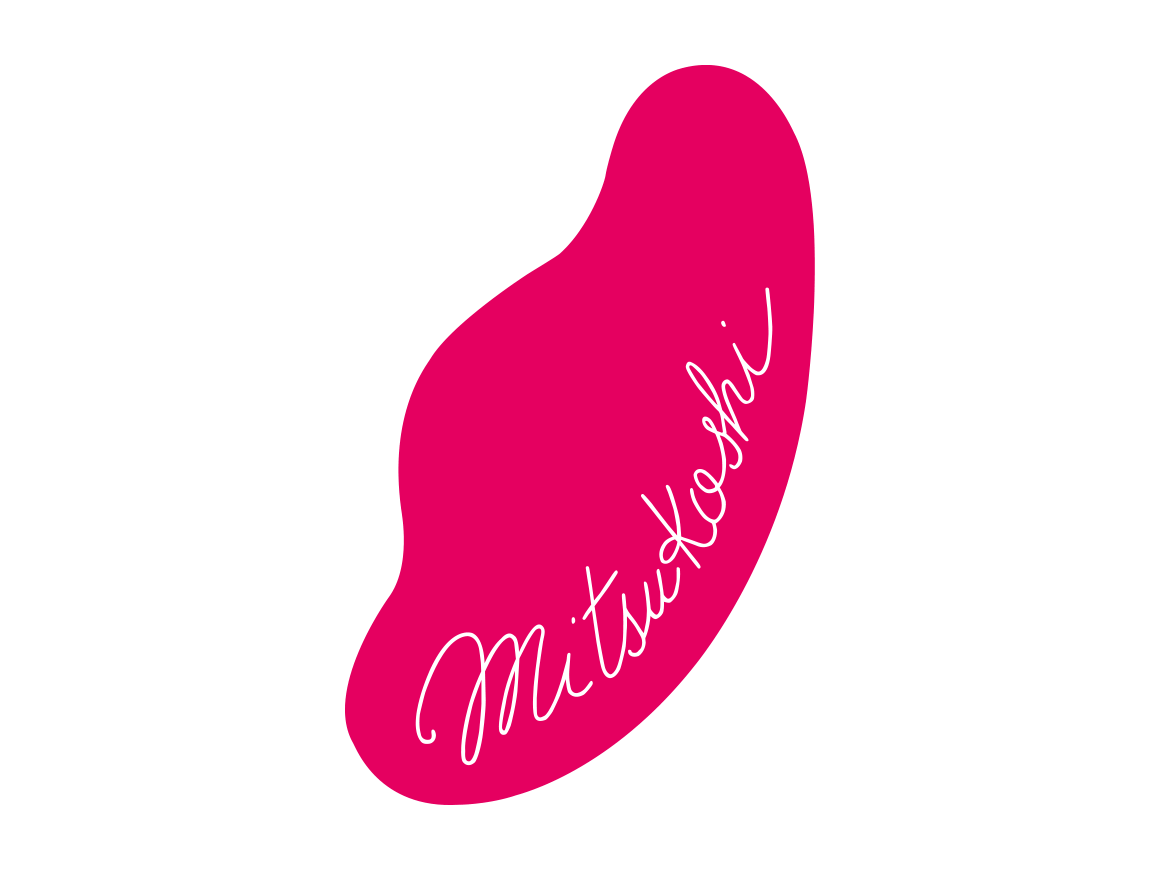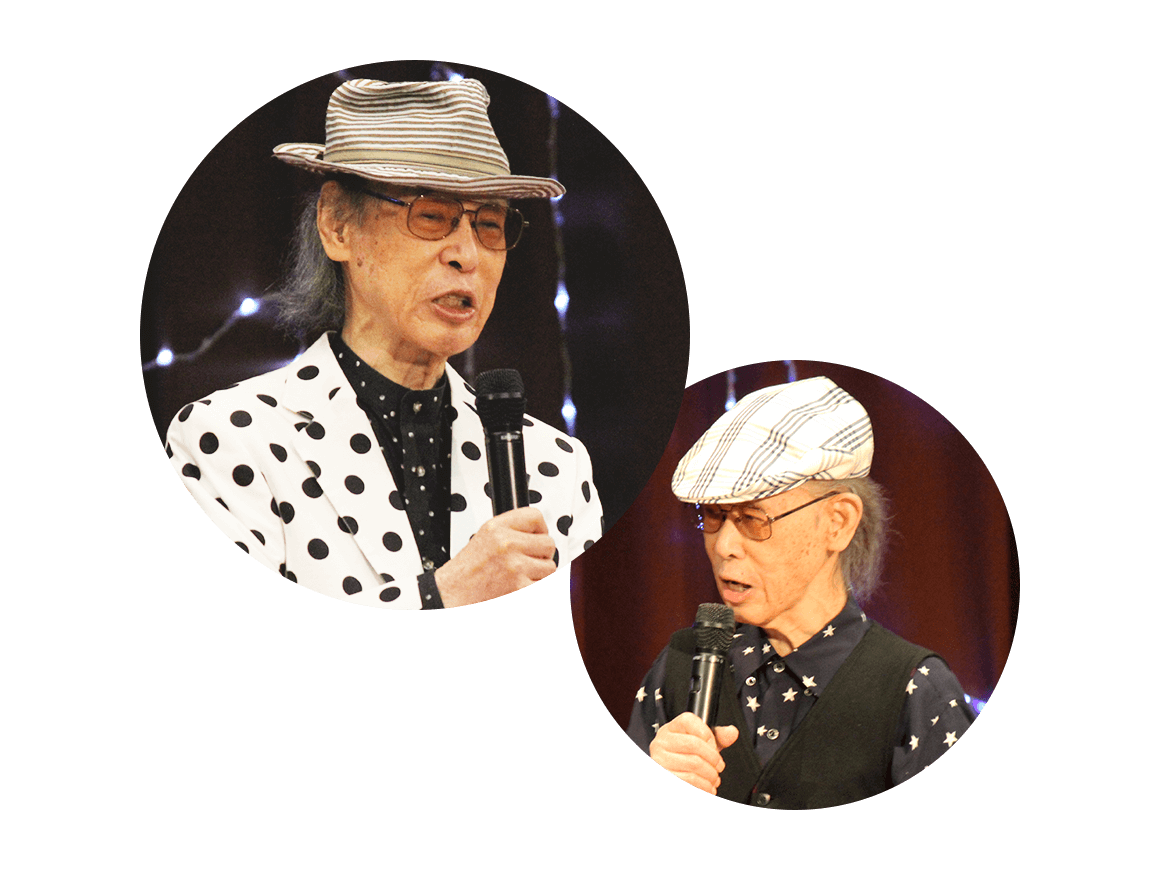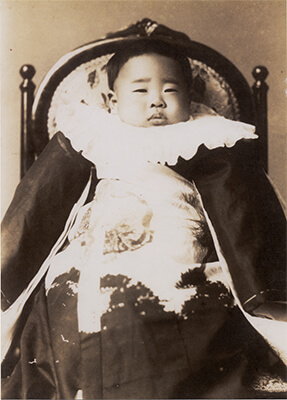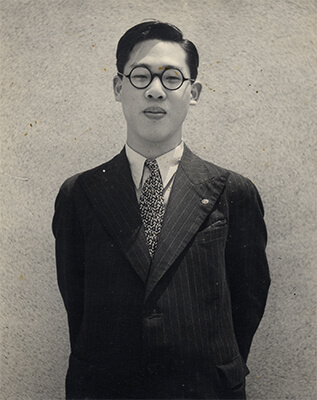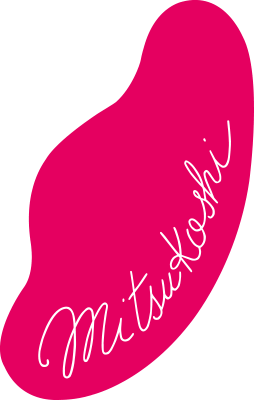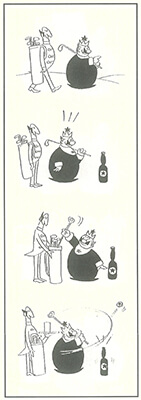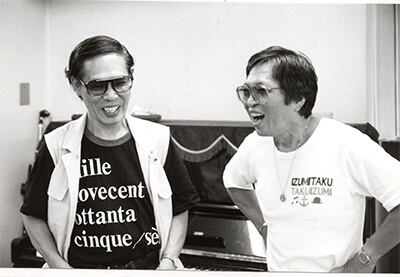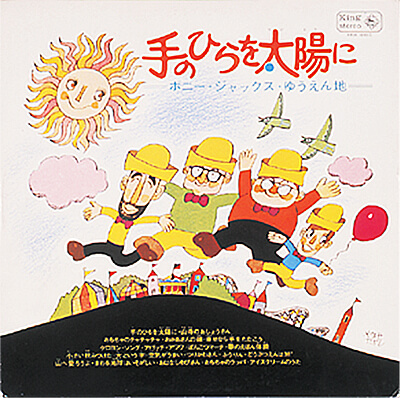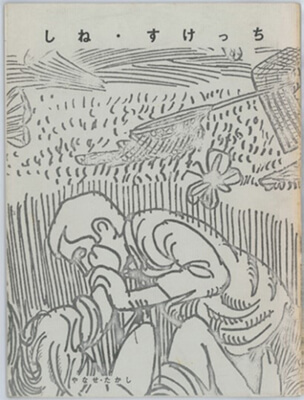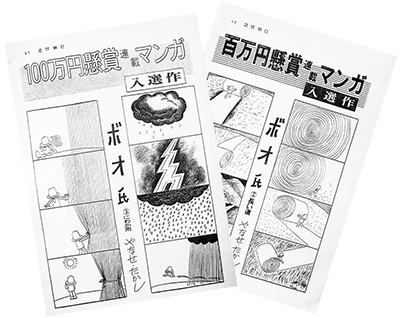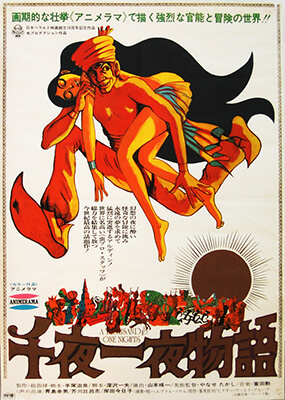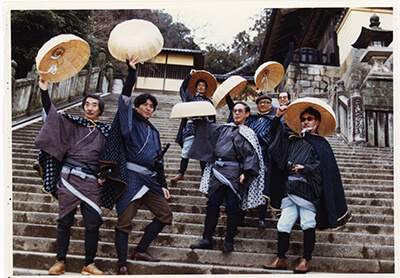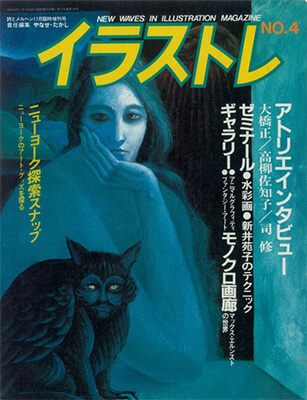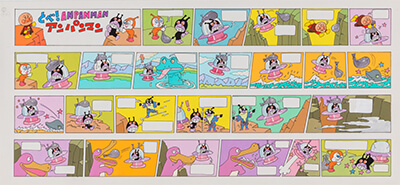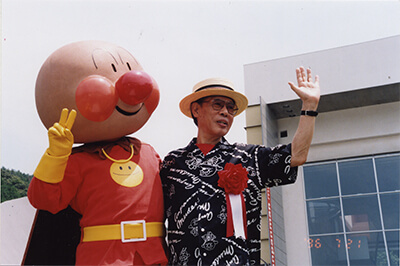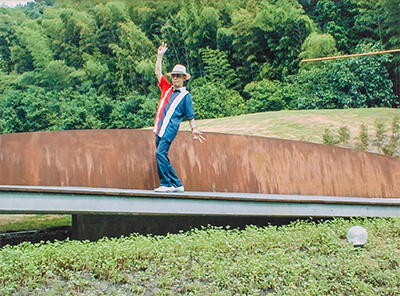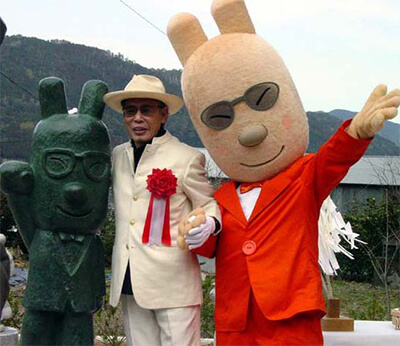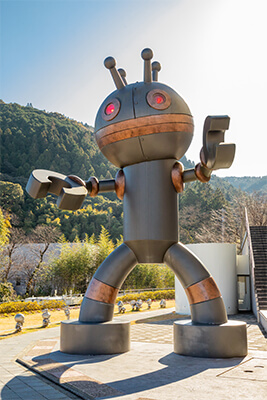1919
Taisho
8
0
Born in February 6th to father Yanase Kiyoshi and mother Yanase Tokiko as the first son of the family in Zaishomura, Kochi Prefecture (Present-day Kami City).
1937
Showa
12
18
Enrols at Tokyo Prefectural School of Craft and Design (Present-day Chiba University Faculty of Engineering).
1940
Showa
15
21
Joins pharmaceutical company Tokyo Tanabe Co.
1941
Showa
16
22
Drafted into the Japanese Imperial Army as part of a regiment in Kokura (Present-day Kitakyushu City).
1943
Showa
18
24
Dispatched to Mainland China. Relieved of duty upon the end of World War II while in Shanghai.
1946
Showa
21
27
Returns to Japan and his hometown from China.
Joins the Kochi Shinbun. After working as a journalist on social affairs, he joins the editing department of Gekkan Kochi (Monthly Kochi). While there, he meets his future wife Nobu Komatsu.
1947
Showa
22
28
Moves to Tokyo, and joins Mitsukoshi Ltd. His work includes the lettering of Mitsukoshi on the iconic wrapping-paper design “HANA-HIRAKU” (designed by Genichiro Inokuma).
He publishes manga in various mediums as part of his work for Mitsukoshi. Joins the young manga-artist association Dokuritsu Manga-ha (Independent manga circle) centered around Kō Kojima.
1953
Showa
28
34
Leaves Mitsukoshi Ltd. and becomes a free agent.
1954
Showa
29
35
Beginning with the promotional manga Bīru no ōsama (The king of beer) for Nippon Beer (Present-day Sapporo Beer), Takashi begins working on various published manga.
Joins the Manga Shūdan (Manga association).
1960
Showa
35
41
Becomes involved with various activities including working on television and radio programs, organizing recitals, and doing interviews for magazines.
Joins the production of the musical “Miagete goran yoru no hoshi wo” (Look up at the stars in the night sky), directed by Rokusuke Ei, as art director.
Meets musician Taku Izumi.
1961
Showa
36
42
Writes the lyrics to “Tenohira wo taiyō ni” (The palm of your hand as a sun) (Music composed by Taku Izumi, sung by Mariko Miyagi).
1962
Showa
37
43
“Tenohira wo taiyō ni” is broadcast on the NHK program Minna no uta (Everyone’s songs), and is later published in music textbooks.
1964
Showa
39
45
Takes part in the NHK’s Manga gakkō (Manga school) program as a tutor (1964-1967).
Writes the screenplay for the made-for-TV film Harō CQ (Hello CQ), directed by Susumu Hani, for Tokyo 12 Channel (Present-day TV Tokyo).
1965
Showa
40
46
Manga nyūmon (Introduction to manga) published by Hana Shobo.
First picture-book Tobu wani (The flying crocodile) is published by Iwasaki Shoten.
Shine sukecchi (Cine sketch), a collection of essays published in film magazines such as “Eiga geijutsu” (Film art) and “Eiga no tomo” (Friend of cinema) is published.
1966
Showa
41
47
A collection of poetry Aisuru uta (Beloved songs) is published by Yamanashi Silk Center (Present-Day Sanrio).
1967
Showa
42
48
Writes Yasashī raion (The kind lion) for Nippon Cultural Broadcasting.
Wins the Shūkan Asahi Manga Prize for Boō -shi (Mr. Bō)
1969
Showa
44
50
After writing short-stories for PHP Magazine for a year, the character of Anpanman debuts in the October 1969 issue.
Art director and character designer for anime film A Thousand and One Nights (Original draft and project direction by Osamu Tezuka).
Writes and directs the Mushi Production anime adaptation of Yasashī raion.
1972
Showa
47
53
Forms the Mangaka No Ehon No Kai (Picture-book gathering of manga artists) with other manga artists who enjoy picture-books.
1973
Showa
48
54
The magazine “Poem & Marchen” is published by Sanrio. Works as the magazine’s chief editor for the next thirty years (1973-2003).
Begins serialization of Anpanman in the October issue of “Kindā ohanashi ehon” (Children’s story-book), a monthly magazine by Froebel-Kan
1975
Showa
50
56
Writes and directs the Sanrio anime adaptation of his work Chīsana janbo (Little jumbo).
Begins publishing Kaiketsu Anpanman (The incredible Anpanman) in “Poem & Marchen.”
1976
Showa
51
57
Rensai manga Anpanman (Serialized manga Anpaman) is published in “Ichigo ehon” magazine.
1982
Showa
57
63
“Irasu tore” (Illustrator training) magazine, published by Sanrio, begins serialization (1982-1985).
1988
Showa
63
69
Soreike! Anpanman (Let’s go! Anpanman) begins broadcast on Nippon TV
1989
Heisei
1
70
The first Anpanman feature-film Soreike! Anpanman: Kirakira-boshi no namida (Let’s Go! Anpanman: Tears of the glittering star) is released.
1990
Heisei
2
71
Tobe! Anpanman (Fly! Anpanman) begins serialization in the Asahi Shimbun’s Sunday edition (1990-1994).
1992
Heisei
4
73
Acts as the head judge for the First All-National High School Manga Championship, also known as the Manga Koshien.
1994
Heisei
6
75
The Anpanman Shop opens in Tokyo’s Shinjuku Ward.
Takashi is made an honorary citizen of Kochi Prefecture’s Kamigunhokuchō (Present-day Kami City).
1996
Heisei
8
77
The Yanase Takashi Memorial Hall & Anpanman Museum is opened.
Pyon-Pyon otasuke kamen (Masked savior Pyon-Pyon) begins serialization in Shōnen Shōjo Shinbun (1996-2000).
1998
Heisei
10
79
The Yanase Takashi Memorial Hall Poem & Marchen Gallery is opened.
2000
Heisei
12
81
Nyani ga nyandā Nyandā Kamen (What is what? Masked Nyanda) begins broadcast on TV Asahi (2000-2001).
Anpanman is featured as part of The 20th Century Stamp Series 16, a series of postal stamps commemorating Japan in the 20th Century.
2001
Heisei
13
82
The Yanase Takashi Memorial Hall Annex is opened.
Jin-KEN Mamoru-kun, created on request from the Kochi District Legal Affairs Bureau becomes the Ministry of Justice’s mascot character representing human rights.
2005
Heisei
17
86
Yanase Takashi Memorial Park finishes construction. A statue of Yanase Usagi inside the park is unveiled.
2008
Heisei
20
89
Giant Dadandan statue is unveiled.
2009
Heisei
21
90
Guinness World Records awards Let’s Go! Anpanman with World Record for Most Characters.
The Anpanman anime reaches 1,000 total episodes.
2010
Heisei
22
91
Yanase Takashi’s Marchen Picture-Book begins serialization in Asahi Gakusei Shimbun (2010-2013).
2011
Heisei
23
92
Fighting Anpanman statue is unveiled.
Takashi is celebrated as an honorary citizen of Kochi Prefecture.
2013
Heisei
25
94
Passes away on October 13th.
*You can view the timeline by scrolling to the side.


